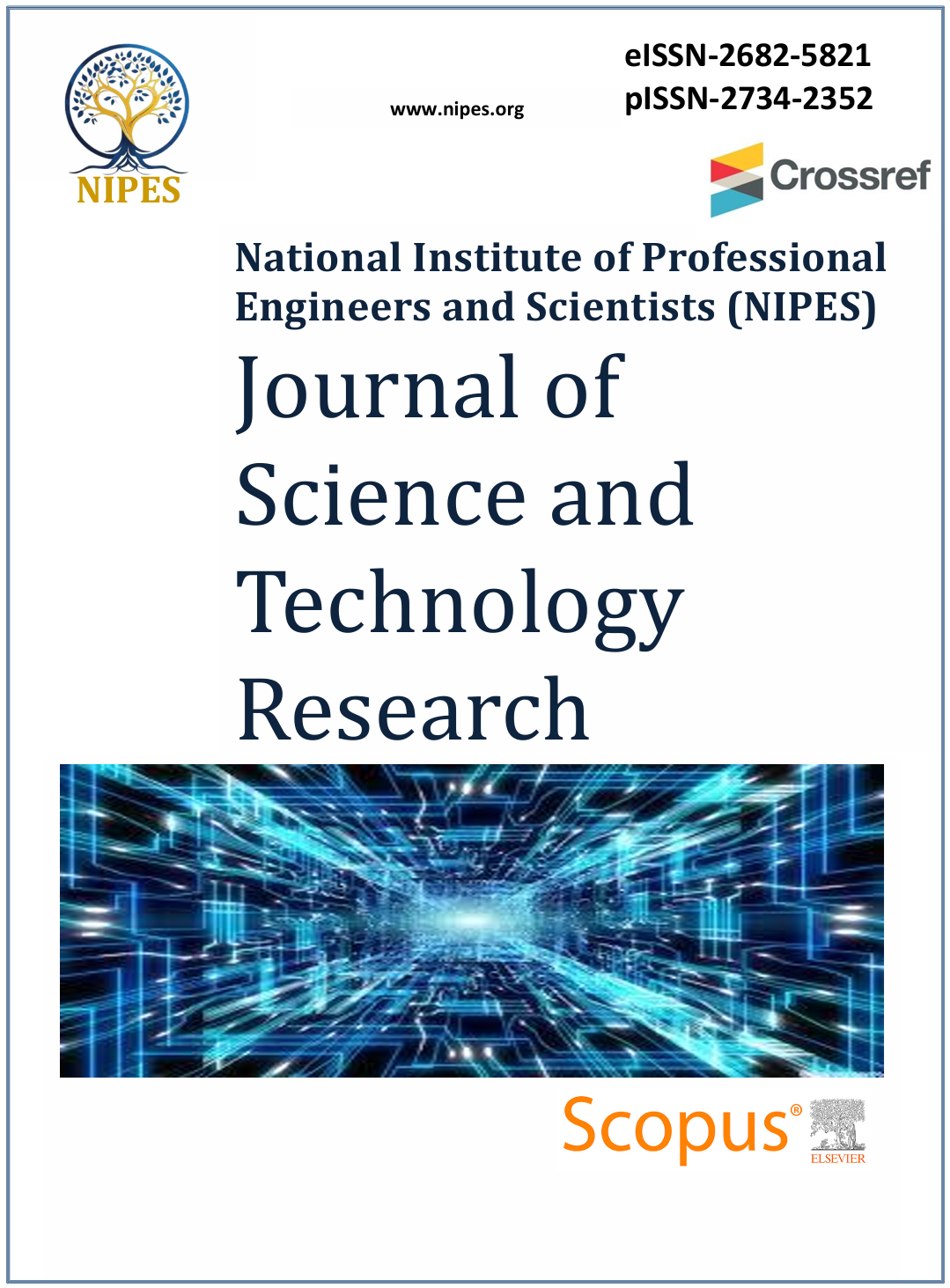Thermodynamic Modeling and Performance Evaluation of Stirling Engines for 2 Hybrid Energy Systems
Abstract
Stirling engines are a promising solution for hybrid energy systems, combining renewable and
non-renewable sources due to their high efficiency and flexibility in utilizing various heat sources.
This paper explores the thermodynamic models used to predict Stirling engine performance, with
a particular focus on gamma-type engines featuring sinusoidal drive mechanisms. It also examines
the classical Schmidt Isothermal Model and its limitations, alongside recent advances in
computational modeling. The integration of Stirling engines with hydrogen production
technologies and lithium-ion batteries for energy storage is reviewed. The insights provided by
this analysis will help guide future developments aimed at optimizing Stirling engines for
sustainable energy applications.






